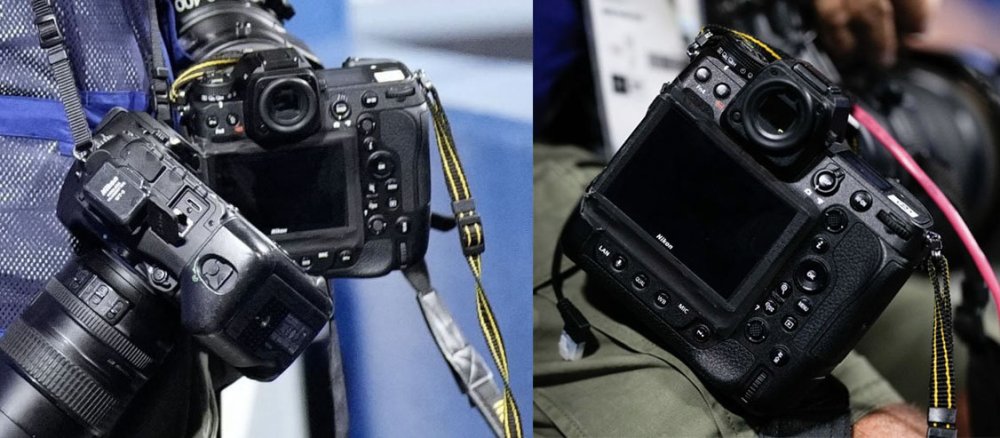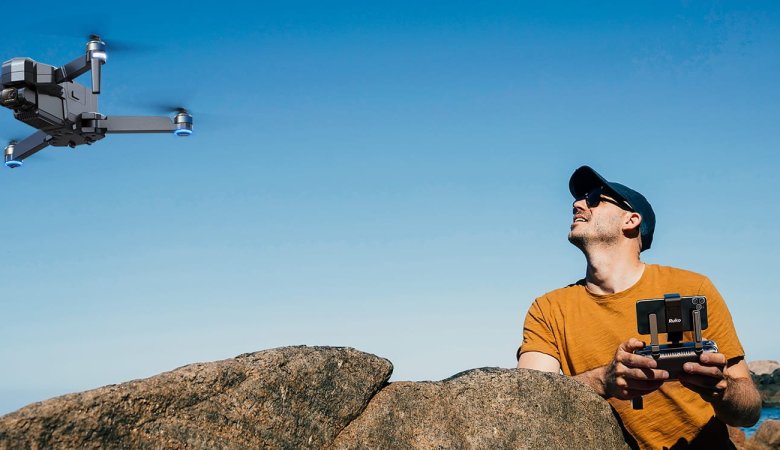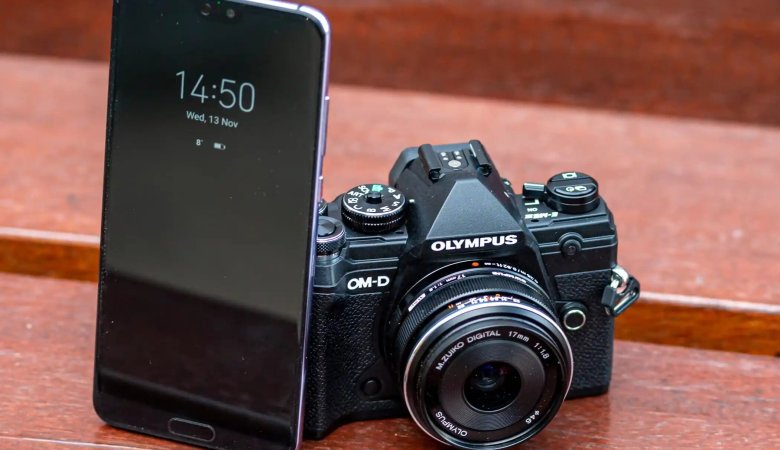Since cameras were invented, there has been a constant pursuit of innovation, making photography better and easier for photographers.
These developments have been game changers that revolutionized the way images were captured and experienced.
The innovations have undoubtedly changed the art of photography, along with creating a huge impact on various aspects of our lives.
It includes everything from visual storytelling, social media, marketing, and much more.
With the introduction of smartphones, every person holds a camera to capture pictures and videos.
It offers pictures of the greatest possible quality and ease of use for the user.
So, in today’s world, for a digital camera to be a game changer, it has to offer unbeatable quality and experience to the users.
It includes sharp images and clarity, along with robust performance.
Let’s explore more about such game-changer cameras since the beginning of photography.
Rise of Photography
The 21st century marks an important point in the history of cameras and photography with the introduction of digital cameras.
The film has been the main medium of clicking pictures for almost a century. It gradually led to the development of digital sensors that could capture and store images electronically.
This development allowed the photographers to view their images instantly, unlike when they needed to develop the film.
This brought a major transformation in the creative processes among photographers and videographers.
Among all these developments, the major game-changer camera has been the Digital Single-Lens Reflex (DSLR) camera.
These cameras combined digital imaging sensors with the familiar form factor of traditional film SLRs.
They enabled photographers to interchange lenses and have creative control of the picture process, which was comparable to film-based systems.
Further, their ability to offer adjustments in real-time, along with immediate feedback given by the LCD screen, made a huge difference in how photographers approached the art.
The Mirrorless Revolution
After the DSLRs, the mirrorless cameras reshaped photography and became a real game-changer.
They worked as the compact and lightweight replacement to DSLR cameras that eliminated the mirror mechanism.
They helped to create portable and versatile camera bodies.
The development of mirrorless cameras came into existence because of the advancements in autofocus technology and electronic viewfinders.
The invention of mirrorless cameras made all photography convenient for photographers.
It maintained the role of creativity in the process and allowed quieter operation. It gave the photographers the ability to use adapted lenses from different cameras.
Also, it enabled white balance changes, displayed real-time previews of exposure adjustments, enhanced the user’s ability to visualize the image before capturing it, and gave results similar to the DSLR camera.
Smartphone Cameras
The rise of smartphones created an entirely new paradigm in photography.
As time passed, there were rapid advancements in offering better and more accurate cameras on mobile devices. Every person handling a smartphone can be called a photographer.
With its availability to the masses, the line between casual pictures and artistic expression continued, blurring increasingly with time.
The convenience of having a camera handy led to documentation of every aspect of people’s lives.
Besides offering great-quality images, smartphone cameras also introduced innovative features like computational photography, which replaced the software algorithms used to enhance image quality.
Further, other useful features like high dynamic range (HDR) processing, portrait mode, low-light optimization, editing tools, etc., created a realm of smartphone photographers in masses using complex camera capabilities.
Improvements in Image Quality and Camera Performance
The rapid innovations and technological advancements across the globe led to the development of larger sensors with higher megapixel counts.
They helped improve camera resolution, dynamic range, low-light capacity, and usage.
They enabled the photographers to capture minute details and produce high-quality pictures even in large sizes.
Along with the sensor improvements, there have been major advancements in image stabilization technology for photographers to click images in difficult conditions.
They helped in reducing the camera shake and enabled longer handheld exposures.
They enabled the photographers to use and expand their creative possibilities in low-light and fast-paced environments.
Rise of Visual Storytelling
Along with transforming the technical aspects of photography, the game-changer cameras created significant differences in visual storytelling.
Anyone can instantly use their phones to capture videos and images and share them online.
This reshaped the way we communicate and connect.
Whether marketing, telling news, stories, information, or personal experiences, everything is delivered visually, fostering global conversation through images and videos.
Further, the advanced cameras offer an improvement in creative control that enables the users to experiment and use their creativity to the fullest.
Also, slow-motion videos, time-lapse, aerial images, and videos are a few examples of game-changers in the field of cameras that have expanded storytelling methods.
The increasing usage of social media platforms like Instagram, Twitter, etc., has given photographers a platform to share their work with a global audience and made them game-changers in the field.
This is creating a demand for visually engaging content in short video formats, and pictures have spurred innovation in camera technology, leading to improvements tailored to the needs of social media creators.
Future Trends
Based on the current state of photography and rapid developments in technology, the trajectory of the game changer cameras continues to push boundaries of offering seamless and clear pictures instantly.
AI’s integration can revolutionize image processing, autofocus, noise reduction, and editing possibilities.
It is likely to offer interactive visual experiences, transforming the ways of viewing images.
Conclusion
The field of photography has witnessed the evolution of game-changer cameras, reshaping the ways of clicking pictures, image quality, performance, and modes of sharing.
With the rise in innovations, the future promises more optimized and better-performing cameras for better storytelling, visual representation, and creative expression of the users.
The process of photography is just becoming easier than before with every development in the field, making everyone capture the smallest moments in their lives and share them.
In the comments section, tell us about the oldest camera you own and your experience with it.









Leave a Reply